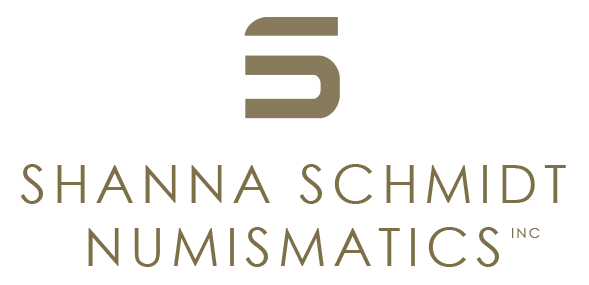British Token, Middlesex 290. London, Piccadilly. London Corresponding Society. 1796
British Token, Middlesex 290. London, Piccadilly. London Corresponding Society. 1796
Æ halfpenny, 11.24g (29mm). Dies by Jacob made for Skidmore. A man hanging from a gallows, P(eye)T (A Pitt rebus) above the crossbar, a cap of Liberty on a pole behind, an obelisk inscribed 1796 on the upper part, PEACE on the lower part, a shield with an anchor and HOPE written above; symbols of religious and political power strewn on the ground below; LIBERTY AND NOT SLAVERY around / A circular legend around a LCS cypher; DEDICATED TO THE LONDON CORRESPONDING SOCIETY in the outer ring; MAY THESE ENDEAVORS MEET REWARD in the inner ring. Edge: Milled.
Pedigree: The Dr. Harry Salyards Collection. Ex Davisson 11/98. Ex Noble 1998
References: Dalton & Hamer, p. 127, 290
Grade: Uncirculated; prooflike; lightly toned (wc1051)
Scroll down for more information about this coin.
By the end of the 1700’s the copper coinage for commerce in England was in a bad state. Coins for everyday purchases were in poor condition and counterfeits ran amok. This led to an ingenious innovation by the public. Tokens of similar size and quality were produced by merchants and private citizens and distributed as good currency for commerce. Over time there were so many tokens produced that finding one minted by the government was unlikely. The demand far exceeded the supply as people also began to collect them. Finally in 1797 the government intervened and produced the copper two penny and one penny pieces.
Many people know these tokens as “Condor” tokens. This was because a man named James Condor of Ipswich published an arrangement of the tokens in 1798, just one year after the introduction of the new government issues. There are thousands of tokens out there and the fun in collecting all of them would be a lifelong project.

